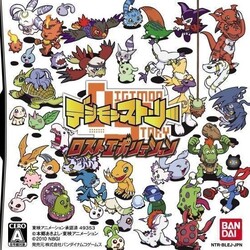
Digimon Story
"Digimon Story" is a Digimon series RPG game released by Bandai Namco on the Nintendo DS platform in 2006, and it is the first installment of the "Digimon Story" sub-series.
Game Details:
"Digimon Story" marks the formal expansion of the Digimon series on the NDS platform, employing a turn-based combat mechanism that allows players to have up to three Digimon participating in battle simultaneously. The game's storyline revolves around a chosen young boy who enters the digital world and embarks on an adventure to save the world with his Digimon partners.
The biggest highlight of this game is its nurturing and evolution system: Digimon can not only level up through battle experience but also evolve into multiple forms through effort values, intimacy, and attribute branching. The game has a built-in encyclopedia system, encouraging players to collect more than 250 Digimon and pursue complete evolution or DNA fusion.
The combat section emphasizes attribute constraints; players need to reasonably match their team to deal with different enemies. At the same time, elements like hatching Digimon eggs and strengthening the training base greatly enhance the game's depth. Furthermore, players can also engage in battles and exchanges via Wi-Fi, giving it higher interactivity and replay value.
Editor's Recommendation:
"Digimon Story" is the first choice for Digimon fans, successfully maximizing the essence of "nurturing + battle". Compared to previous works that emphasized the storyline, this game emphasizes the system's completeness and players' freedom of growth. The multiple evolution branches and attribute systems not only make players addicted to collecting and nurturing but also improve the strategy of each battle.
The overall game style is relaxed and lively, which can be quickly adapted to by both beginners and veteran players of the series. It is particularly suitable for players who like the Pokémon style gameplay but want to experience a more complex growth system. At the same time, it also lays a solid foundation for the subsequent "Digimon Story" series. If you want to delve into the wonderful world of the digital world, this work is definitely worth a try.
Game Guide:
Players who are just starting out with "Digimon Story" may find the Digimon evolution system complex, but in fact, as long as you master the three core mechanisms: level growth, status values (effort values), and intimacy, you can easily get started.
Evolution Routes:
Each Digimon has multiple evolution directions, not a single linear growth. It is recommended to start with basic forms that have high growth rates in the early stages, such as Agumon, BlueMeramon, Biyomon, etc. These Digimon later have multiple evolution paths, including Ultimate Forms and DNA fusions.
Combat Skills:
When three Digimon are fighting at the same time, it is recommended to configure a team of "Main Attack + Support + Attribute Restraint". For example, fire-type main attack combined with water-type defense and wind-type support can deal with most enemies. Pay attention to the all-attack skills and abnormal status techniques; reasonable use can significantly improve the win rate.
Cultivation Suggestions:
In addition to battle leveling, using trainers regularly to improve effort values is very important. Different effort values affect the Digimon's growth direction (such as HP, defense, speed, etc.). In addition, inheriting skills by hatching new Digimon eggs is also the key to building a strong lineup in the middle and late stages.
Resource Management:
Data fragments and chips in the game can enhance skills or attributes, it is recommended to retain high rarity fragments for cultivating key Digimon. In addition, challenging wild BOSS and participating in missions can obtain rare evolution items.
Advanced Tips:
The "Infinite Area" opened in the later stage of the game hides many rare Digimon and fusion conditions. It is recommended that the main team's average level is not lower than LV40 before challenging high-difficulty maps.
In short, if the nurturing rhythm is properly controlled, attributes are reasonably matched, and you keep trying and exploring, you will gradually build your own ultimate team and conquer the entire digital world!
RPG Related Retro Games
More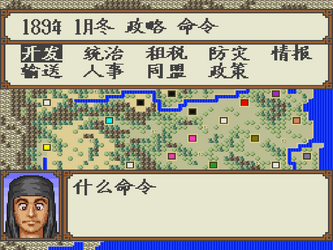
Yokoyama Mitsuteru's Sangokushi
SNES
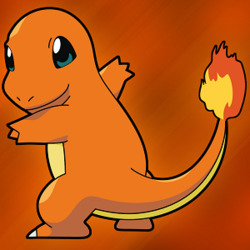
Pokémon Red
Game Boy Advance
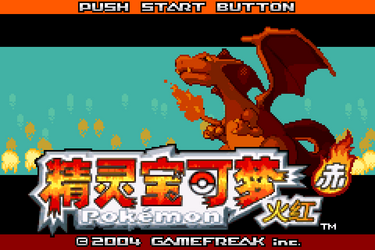
Pokémon FireRed
Game Boy Advance
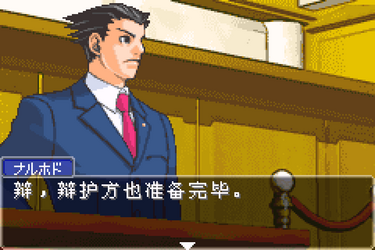
Gyakuten Saiban
Game Boy Advance
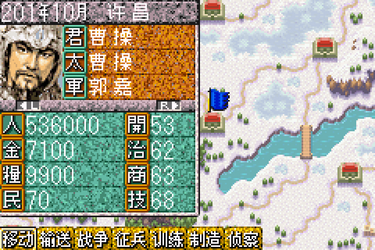
Sangokushi
Game Boy Advance
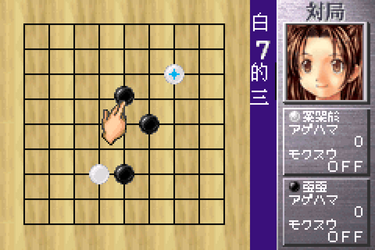
Hikaru no Go
Game Boy Advance
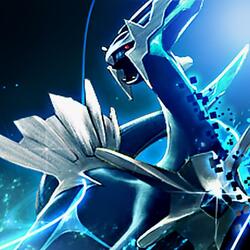
Pokémon Diamond
Gameboy | Color
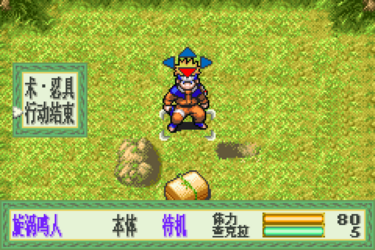
Naruto: Konoha Senki
Game Boy Advance
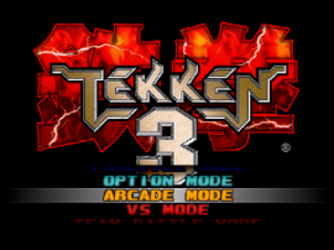
Tekken 3
Playstation
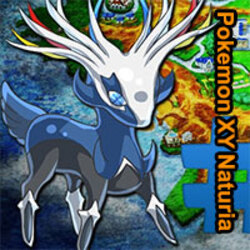
Pokémon: XY Natural
Gameboy | Color
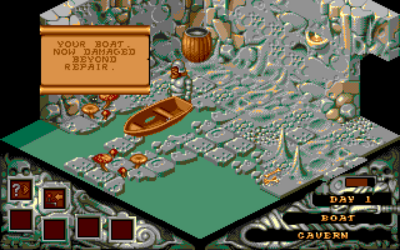
Cadaver
MS-DOS
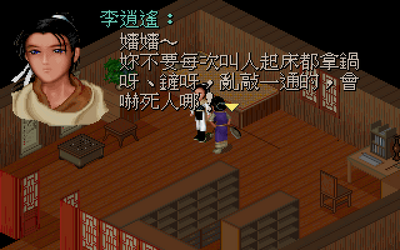
The Legend of Sword and Fairy
MS-DOS
Card Related Retro Games
More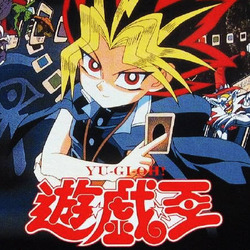
Yu-Gi-Oh!Duel Monsters
Game Boy Advance
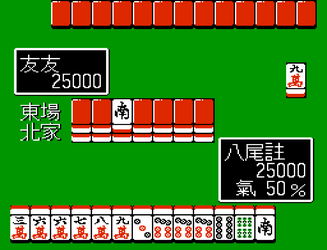
Tonfuu
NES / Famicom
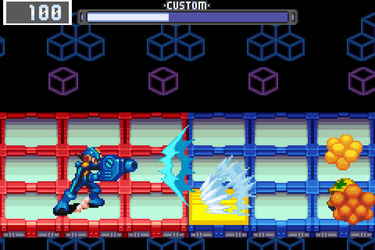
Mega Man Battle Network 3: Blue Version
Game Boy Advance
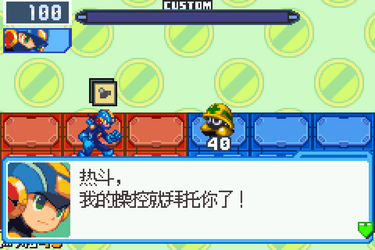
Mega Man Battle Network 6: Cybeast Gregar
Game Boy Advance
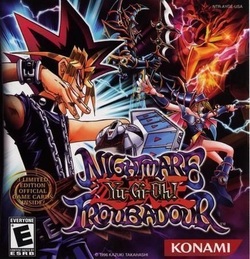
Yu-Gi-Oh!: Nightmare of Troubadour
Nintendo DS
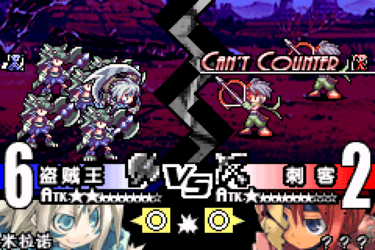
Yggdra Union: We'll Never Fight Alone
Game Boy Advance
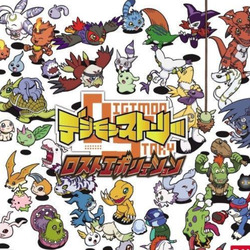
Digimon Story: Lost Evolution
Nintendo DS

Digimon Story
Nintendo DS
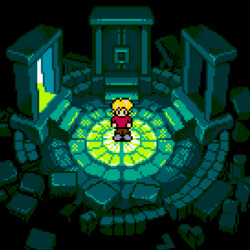
Magi Nation
Gameboy | Color
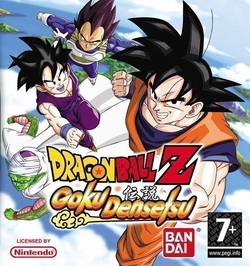
Dragon Ball Z: Goku Densetsu
Nintendo DS
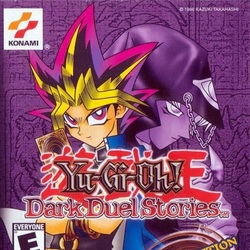
Yu-Gi-Oh!: Dark Duel Stories
Gameboy | Color
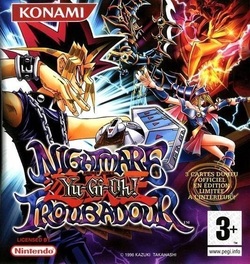
Yu-Gi-Oh! Nightmare Troubadour
Nintendo DS
Fighting Related Retro Games
More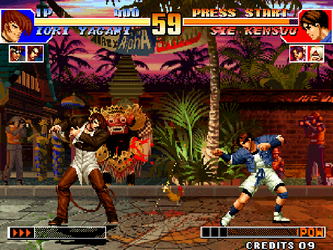
The King of Fighters '97
Arcade
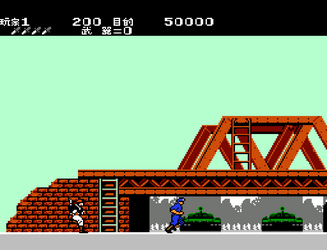
Rush'n Attack
NES / Famicom

Yokoyama Mitsuteru's Sangokushi
SNES
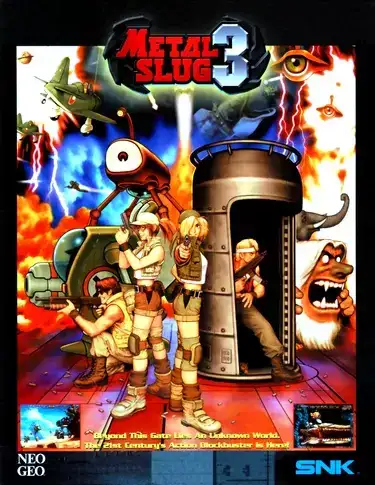
Metal Slug 3
Arcade

Tekken 3
Playstation
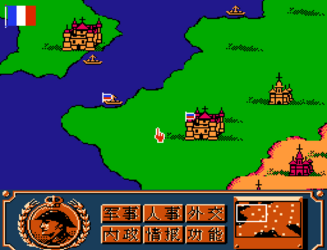
Napoleon's War
NES / Famicom
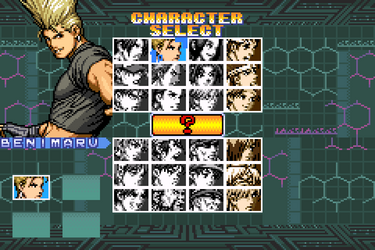
The King of Fighters EX: Neo Blood
Game Boy Advance
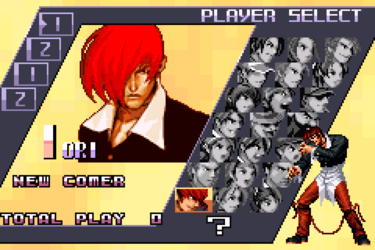
KOF EX2: Howling Blood
Game Boy Advance
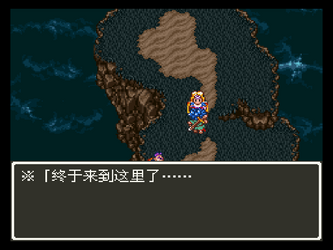
Dragon Quest VI
SNES
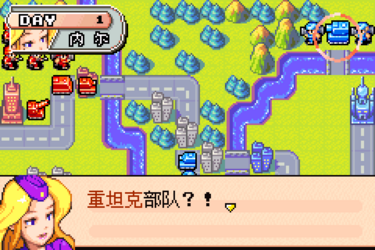
Advance Wars
Game Boy Advance
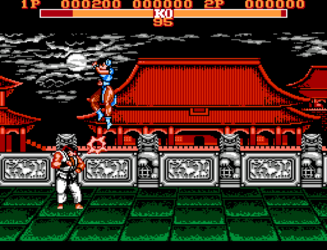
Street Fighter III
NES / Famicom
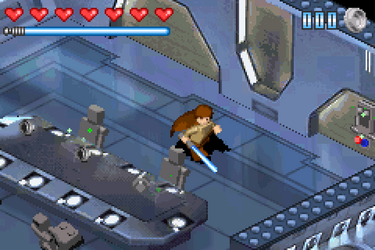
LEGO Star Wars: The Video Game
Game Boy Advance